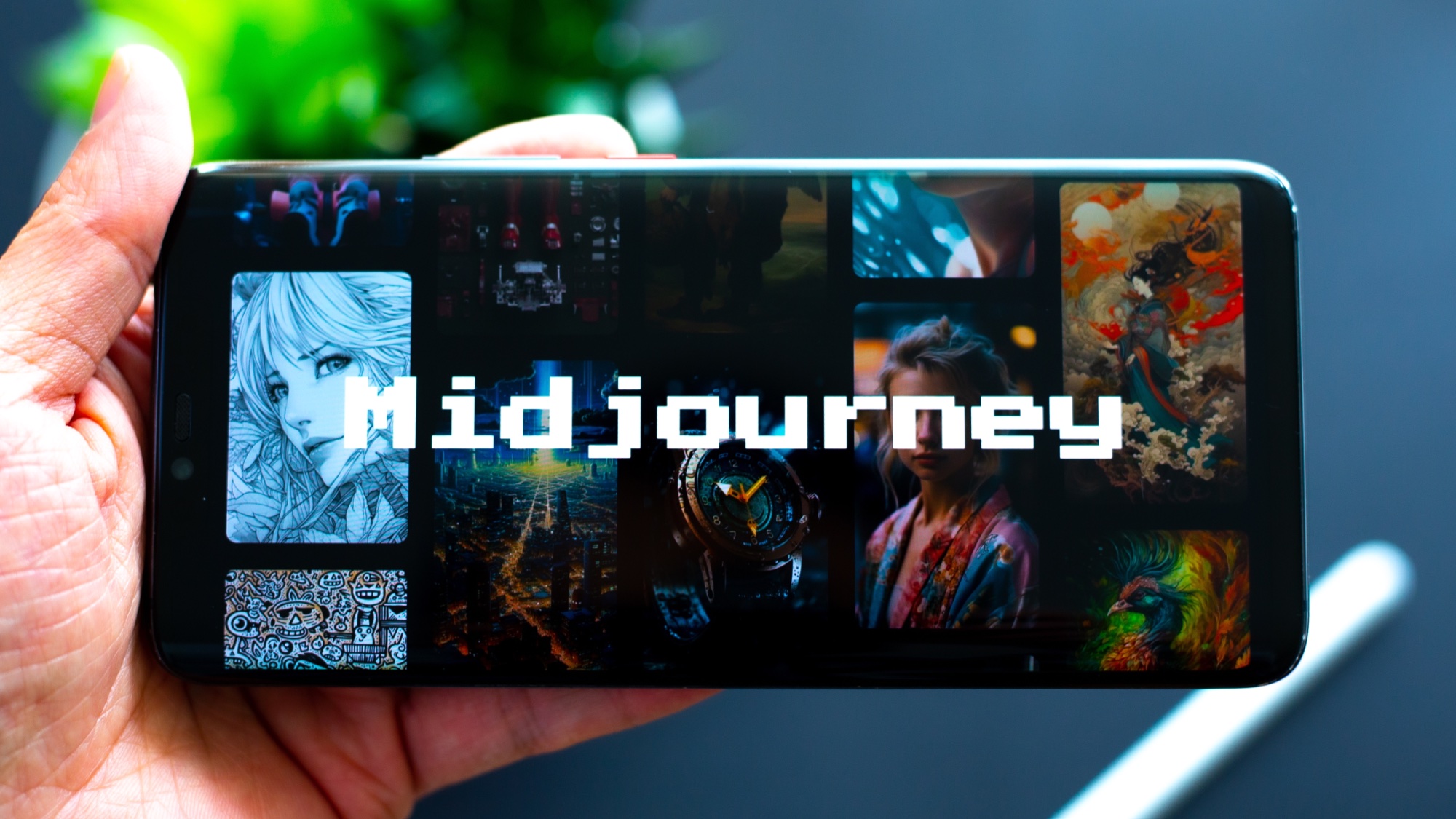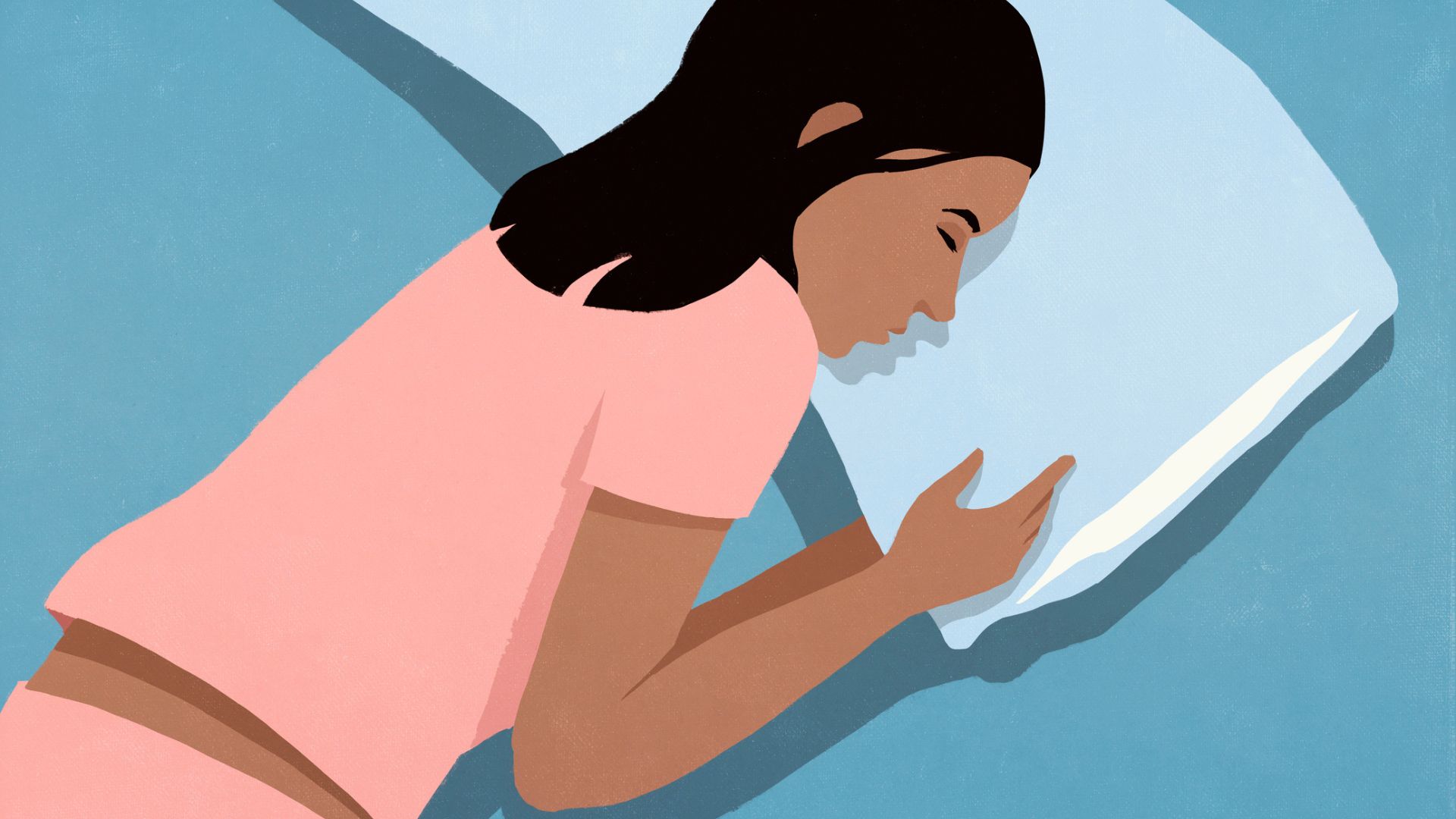Midjourney Patchwork is a new AI image world-builder — and I don't get it

Midjourney is one of the original and most important AI image platforms around. Continually updating and now with more than 21 million users, it is finally branching out into new approaches to content creation.
Patchwork is an experimental new "infinite canvas" that you can use to create and collaborate on AI image content in a way that maintains consistent style and character. It uses Midjourney's technology but is currently independent of the app.
The new project is led by Max Kreminski, head of the Midjourney Storytelling Lab, and is being presented as a "world-building platform." Midjourney has touted this concept for some time, and it plans to evolve into 3D worlds in the future.
I'm not entirely convinced of the need after briefly trying it out. This could be because it wasn't fully working or because it is still clearly a very early beta release — but it feels more like a gimmick than the future of AI content creation.
What is Midjourney Patchwork for?

Today we're opening up a new experimental multiplayer worldbuilding tool called "Patchwork". It combines language models, image models, and a canvas-based interface to build out the foundations of stories. Check out the 🧵below for links and further documentation. Have fun! pic.twitter.com/IgoJrJ8bO9December 11, 2024
At first glance, Midjourney Patchwork looks a bit like those "infinite webpages" that were popular 15-20 years ago where you could place your advert or banner assuming you could find space.
When you first open the canvas, you're presented with a starting block and a menu bar with items like Character, Portal, and Personalization. Tapping one lets you add that type of content to the canvas.
You can create characters, places, and more within the canvas, linking them together as a unified world with a consistent style. This can also pull in your own personalized style from Midjourney if you've created one.
Get instant access to breaking news, the hottest reviews, great deals and helpful tips.
You create a new world by adding a Portal to the canvas. This triggers an initialization screen where you can outline world styles and a prompt to initialize the concept of that world. It then produces a new canvas with some simple assets linked to your choices in setup.
The theory is that when you create new images within that space, they will draw on those styles and reference other characters to build consistency.
Kreminski says this is a research preview and requires a Google Account to be linked to an existing Discord-based Midjourney profile. I think there is potential for this to be useful — sort of a cross between a designer's mood board and sketch pad but for AI. However, in its current implementation, it is a little on the clunky side.
More from Tom's Guide
- I tried Runway Gen-3 Turbo and it let me create realistic AI videos in seconds
- 5 best AI tools I use every day — tried and tested
- Gemini's free version beat Gemini Advanced in our tests — here's how

Ryan Morrison, a stalwart in the realm of tech journalism, possesses a sterling track record that spans over two decades, though he'd much rather let his insightful articles on AI and technology speak for him than engage in this self-aggrandising exercise. As the former AI Editor for Tom's Guide, Ryan wields his vast industry experience with a mix of scepticism and enthusiasm, unpacking the complexities of AI in a way that could almost make you forget about the impending robot takeover.
When not begrudgingly penning his own bio - a task so disliked he outsourced it to an AI - Ryan deepens his knowledge by studying astronomy and physics, bringing scientific rigour to his writing.










